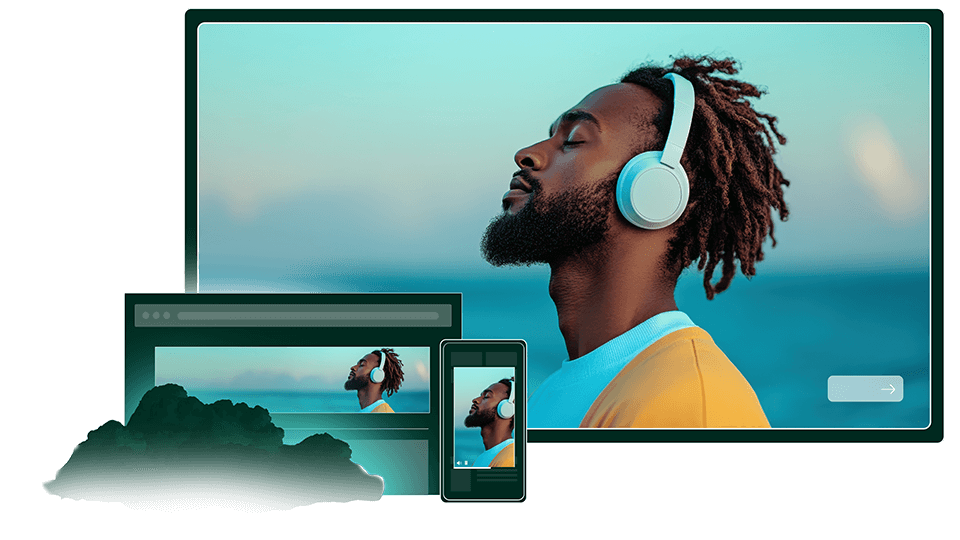CES: Home Networking Comes Home
LAS VEGAS
(click thumbnail)CES 2002 attendees had plenty to fiddle with.
Home networking systems at CES 2002 made it look like the technology could finally have an impact on the home electronics market.
Steve Perlman, the man who sold WebTV to Microsoft, unveiled the Moxi Media Center. Think of it as a super media gateway, a set-top box on steroids.
The Moxi MC includes a TV receiver, PVR, jukebox, DVD player, and a network router/server. MC can remotely stream video for viewing on up to four remote TVs using the Moxi MCx extenders. Fifty hours of video and 500 hours of audio can be stored on the internal hard drive. Its Linux software streams audio and video to a household of up to four TVs.
Where are these streams coming from? So far Moxi has deals with EchoStar, Real Networks, NDS and Macromedia. Moxi Digital, formally Reardon Steel Technologies, has obtained at least $85 million in its first round. Investors include AOL Time Warner, Cisco Systems, and Microsoft co-founder Paul Allen.
ROOM-TO-ROOM MEDIA
The three dominant flavors of home networking were wireless Wi-Fi or IEEE 802.11b; power line, or HomePNA; and the home phone line.
Silicon Valley-based NETGEAR and Irvine, Calif.-based Linksys, the largest consumer networking vendors, were showing power-line and IEEE 802.11b (Wi-Fi) wireless network equipment.
Wi-Fi was in action at the hereUare portals located around the newly expanded, 1.2 million-square-foot convention center floor. Conventioneers were able to view show highlights, show schedules and vendor lists, all without wires.
David Thomasson, a HomePNA member, explained some power-line benefits. Power-line bridging boxes plugged into power outlets made possible a home network good for up to a 5,000-square-foot house. Outlet boxes are connected to a computer’s network card to make a LAN.
Also in the HomePNA Pavilion, James Kim, a manager for Silicon Valley-based nVIDIA, demonstrated streaming media using nVIDIA-powered computers and game consoles networked by power-line HomePNA. This network was streaming and playing multiple streams on multiple computers. The video was decent, with occasional slight stuttering.
Wi-Fi and HomePNA LAN technologies claimed to be able to communicate at 11Mbps, enabling multiple channels of compressed video and audio over a network.
FUTURE FIREWIRE
On the very high-speed data front, 1394 and USB2 were both on display. Texas Instruments demonstrated a living room playing 1394-transported video and surround sound. The components in the home theater were interconnected using a single 1394 wire carrying control, audio and video between the various components of the advanced entertainment center. It was all controlled from an IR remote with on-screen menus. Full audio and video control was possible including sound and video recording and surround processing.
TI showed off prototypes of the next-generation Firewire (1394b). One main advantage of 1394b is the extended length of cable it will support. 1394a only supported 4.5 meters using specific cables while 1394b will support distances up to 1,000 meters using low cost UTP5 wire. Engineering samples of silicon are set for late 2002, with release in 2003.
On the HDTV side, there were many offerings small to large. A highlight was a Zenith prototype DLP rear-projection monitor, and Philips displayed some upcoming DTVs with "Pixel Plus," which allows a choice of progressive interlaced HD and SD pictures. The 30PW9818 TV was line-doubling, delivering a total of 1,050 vertical lines and 2,048 horizontal from SDTV. Images were rich, dense and clean.
There were also many companies interested in getting TV into cars with dozens of companies showing various automotive screens.
The professional video industry's #1 source for news, trends and product and tech information. Sign up below.
